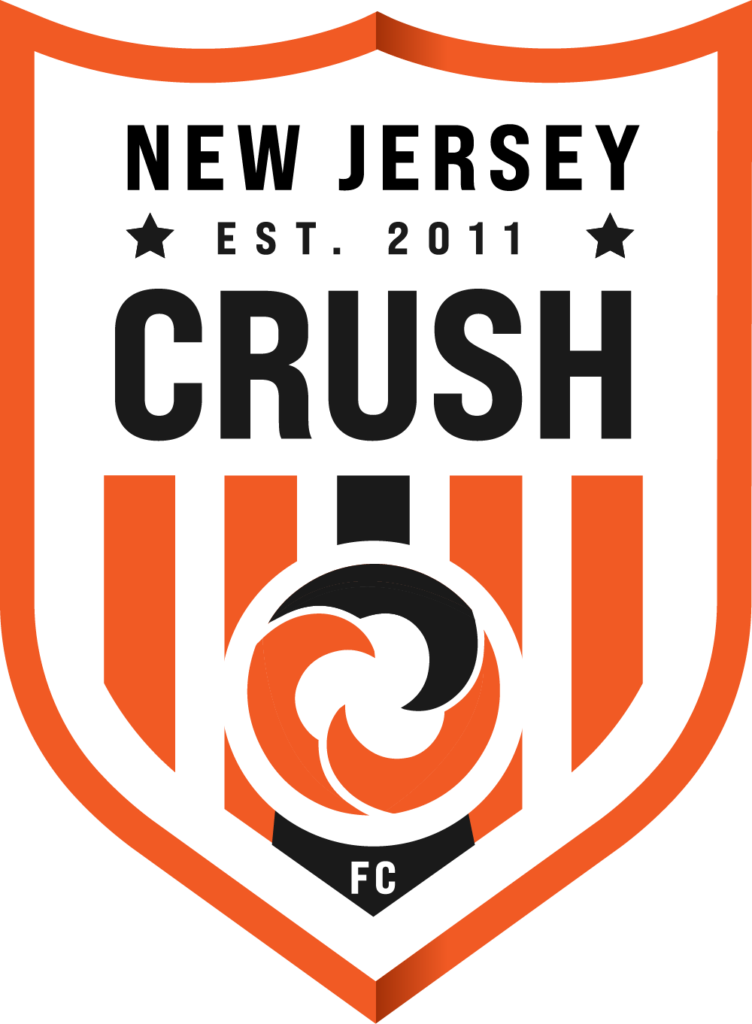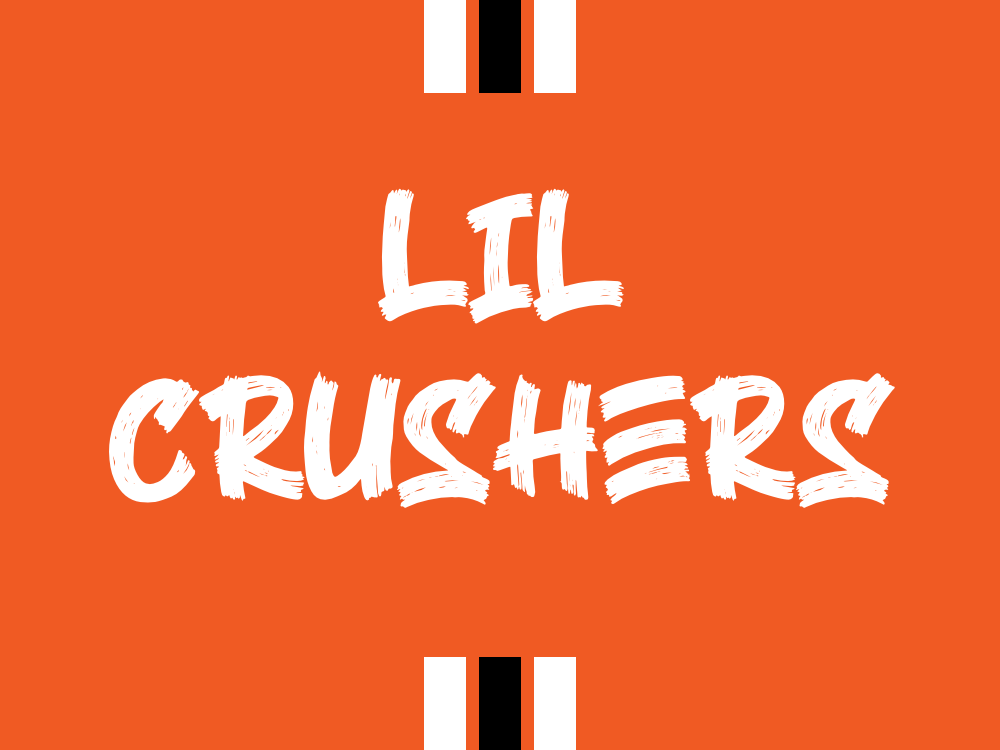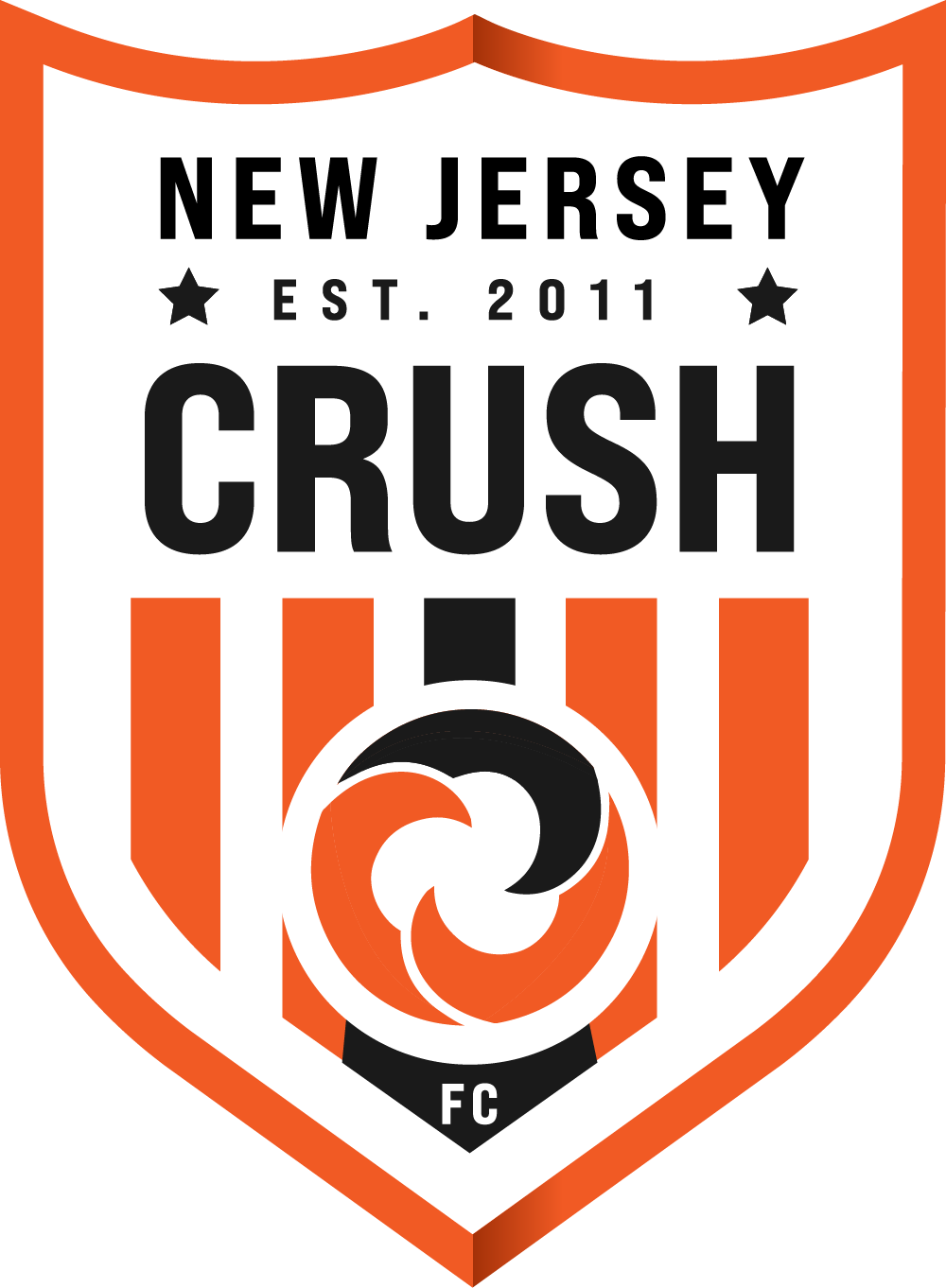Player Development
At NJ Crush Elite Girls Soccer, our training goal is to develop players over many years to ensure we provide a stable platform at the elite level. Not only do we provide a fast pace, professional learning experience but we also like to instill that true love of soccer that all players should have within our club.
U2-U5 Soccer Shots (Bergen County West) Program
Soccer Shots is an engaging children’s soccer program with a focus on character development. Our caring team positively impacts children’s lives on and off the field through best-in-class coaching, communication and curriculum. Our coaches are the best-trained in the business. Our expert-approved curriculum is age-appropriate and aligns with childhood education standards. In addition we provide an exceptional customer experience and ongoing communication with parents.
(LIL CRUSHERS) The U6-U7 Pre-Academy
(LIL CRUSHERS) The U6-U7 Pre-Academy is for our youngest players. Everyone who wishes to participate will be accepted into the academy. The environment is one that provides a fun, learning experience that also builds confidence and self-assurance on the playing field. Encouragement and a positive field experience are what our youngest players enjoy. Training programs are put together throughout each season where players are put in small group scenarios.
(Teams) The U8-U23
(Teams) The U8-U23 age groups are classified within our training program as the Technical Training group. Our coaches focus on teaching the proper techniques in the fundamental skills of control, passing, movement off the ball, and defending. In addition, coaches touch on developing an awareness of space and the overall shape of the team on the field as a whole. Educating players the right way early, helps us create a stronger player in the older age groups. Training practices in these age groups are 2-3 times per week.
Click Here to Learn About Tryouts
The focus in these age groups is on technical training with the inclusion of tactical concepts. These are listed below.
Players must be able to bring a ball played under control instantly and smoothly. This is the ability to collect and move in a different direction without stopping the ball completely, yet still maintain it securely. Players must develop the technique to receive a pass at top speed. This means not slowing down to collect a ball coming on the ground, bouncing, or in the air. Players must be able to protect the ball by shielding it and developing deception in order to get rid of your opponent.
Players must be able to successfully complete short and long-range passes. This incorporates all of your ball skills, including heading, bending, chipping, and the ability to drive the ball to a partner. Players will find that at a high level, it is easier to control and make quick decisions with a ball that is driven, rather than weakly played.
This is the ability to feint, accelerate past opponents and change directions breaking through packed defensive lines. Players should be able to show quick feet, combined with a sense of comfort under pressure, to penetrate into space to open opportunities and understand situations.
The ability to head at goal after crosses, heading high, wide, and deep for defensive clearances, heading balls as a one-touch pass (both into space or to a partner’s feet) in order to create shooting chances.
Nothing makes more of an impression on people than the skill of goal scoring. This aspect takes in the correct technique of striking the ball in various ways; driving low balls, hitting volleys, half-volleys, half-chances, chipping, bending, heading, etc. Coaches are looking for that player who can exhibit composed aggressiveness, swift secure decision making at the right times.
Tactical insight incorporates the anticipation, reading and execution of certain clues that happen during possession and non-possession of that ball.
In Attack - Player not in possession:
1) Makes themselves available for the ball, could be diagonal or a crossover run
2) understands when to offer close support and when to stay away
3) Recognizes timing to execute "take overs" and "overlaps"
In Attack - Player in possession:
1) Shows good peripheral vision, recognizing the correct time to switch the ball
2) Shows good penetrating vision, allowing them to see and utilize players further down the field
3) Understand the correct time to play direct or keep possession and shield
4) Sees opportunities to play "combination patterns"
In Defense - with the desire to regain possession of the ball, players should understand:
1) When to step in to intercept the pass
2) When to mark the opponent tight in order to eliminate a passing opportunity for the opposing team
3) When, where, and how (posture) to tackle
4) When to contain your opponent and force them in a specific direction
In the end, as the children grow older and face the real world, translating lessons learned on the field into useful life experience for handling both life’s successes and failures is the most valuable training of all.



